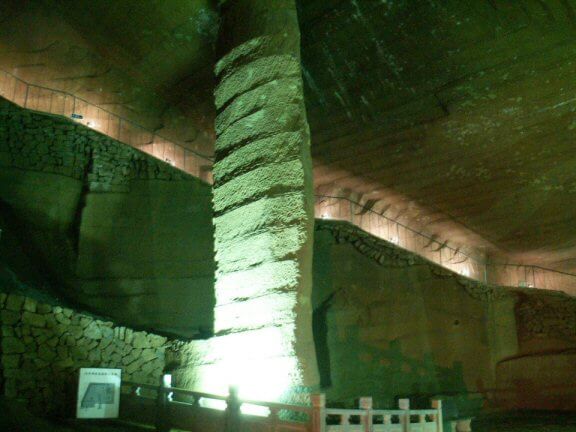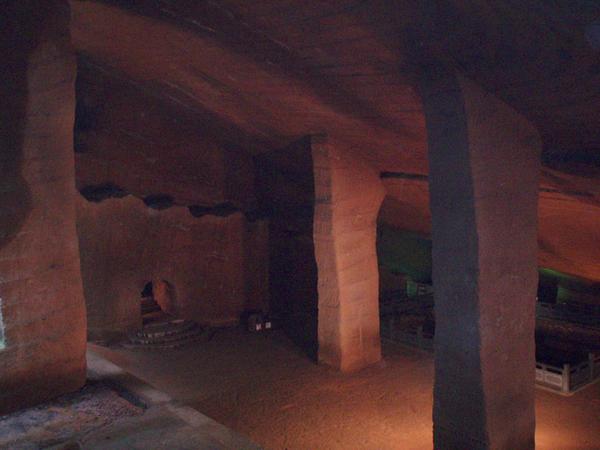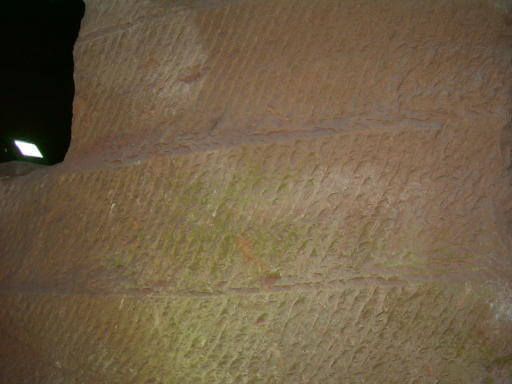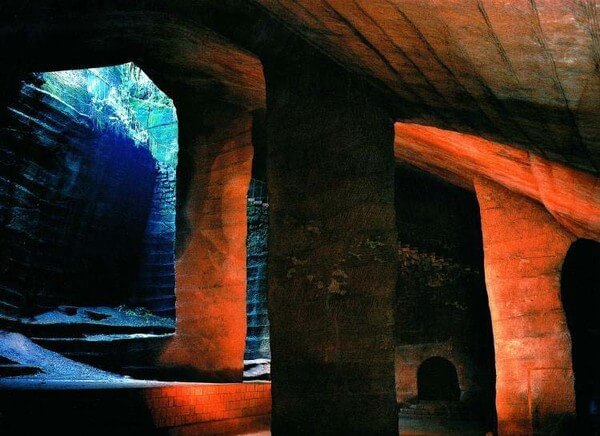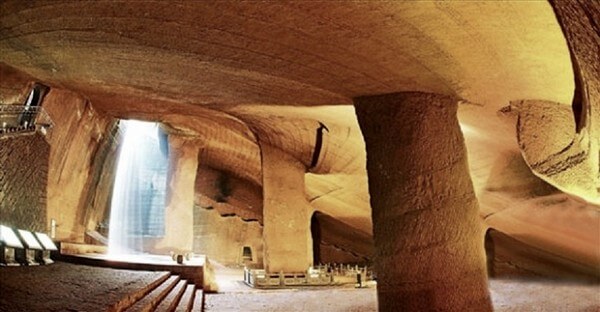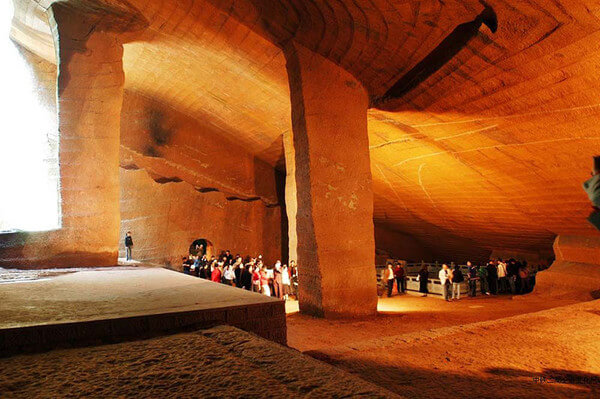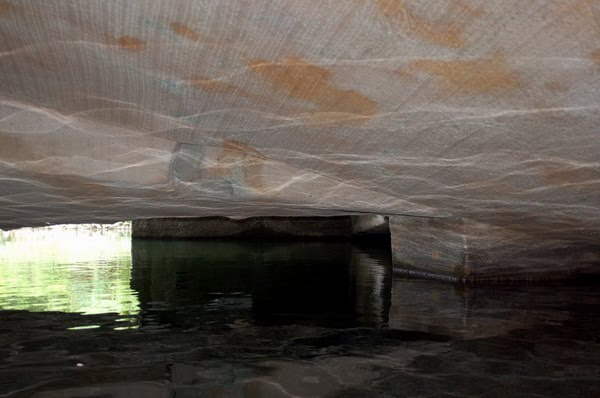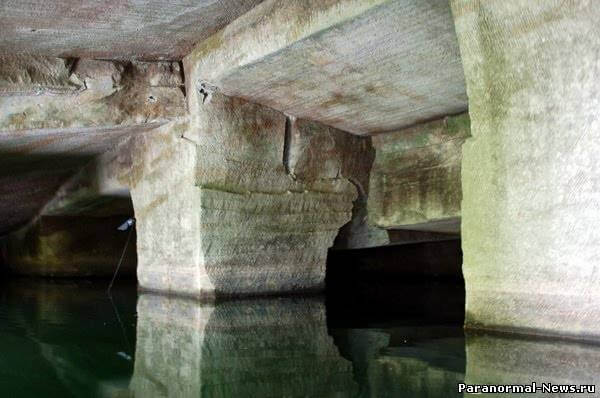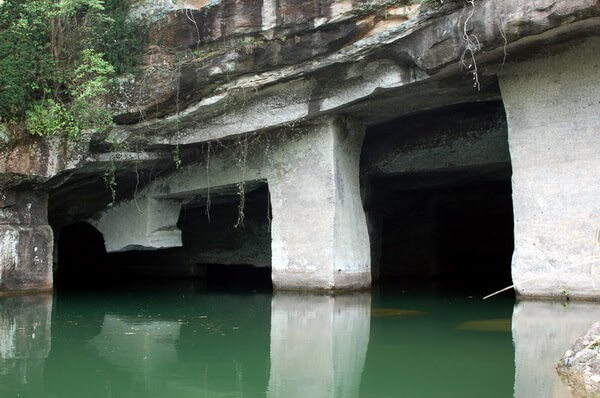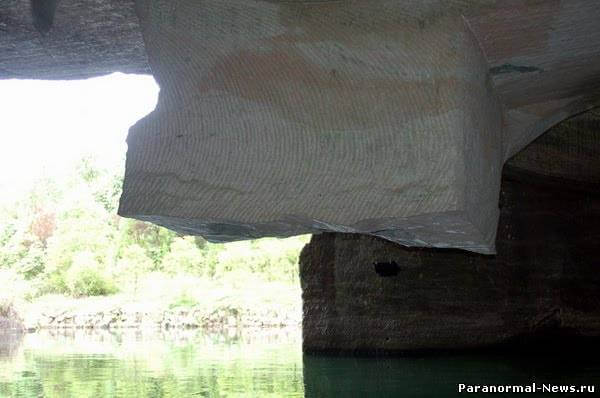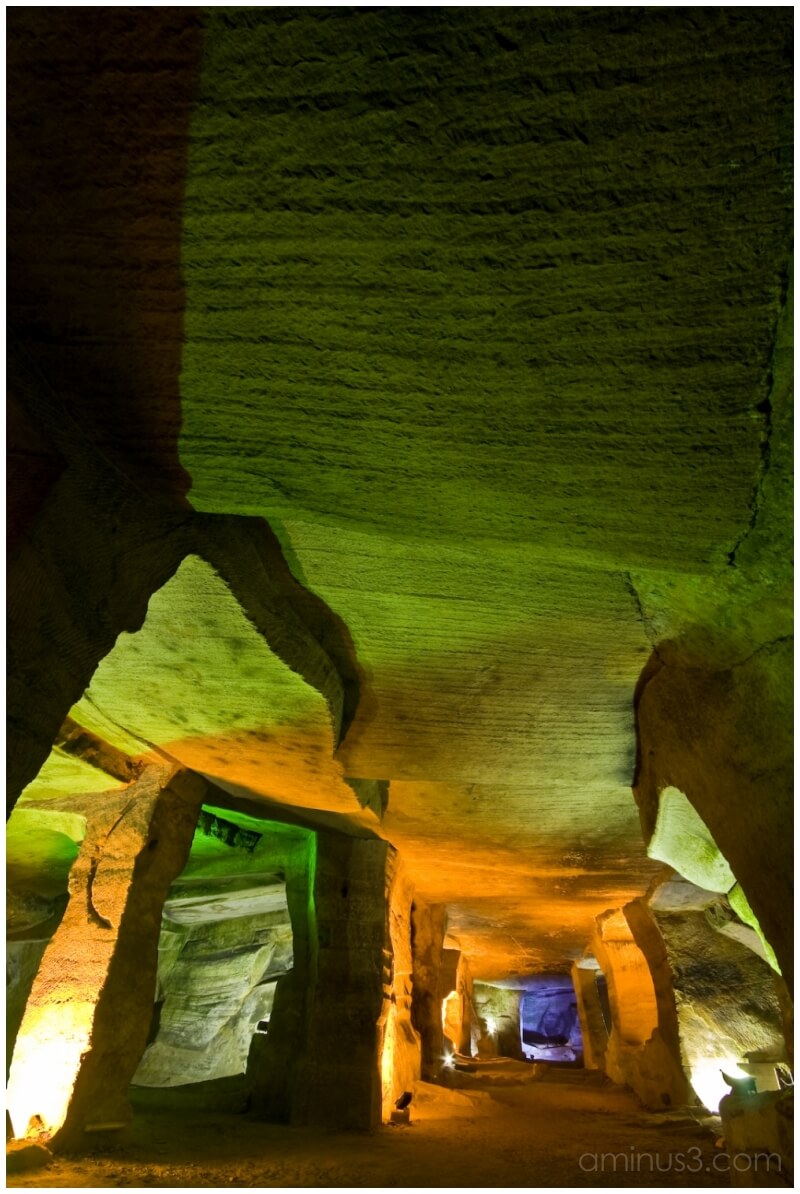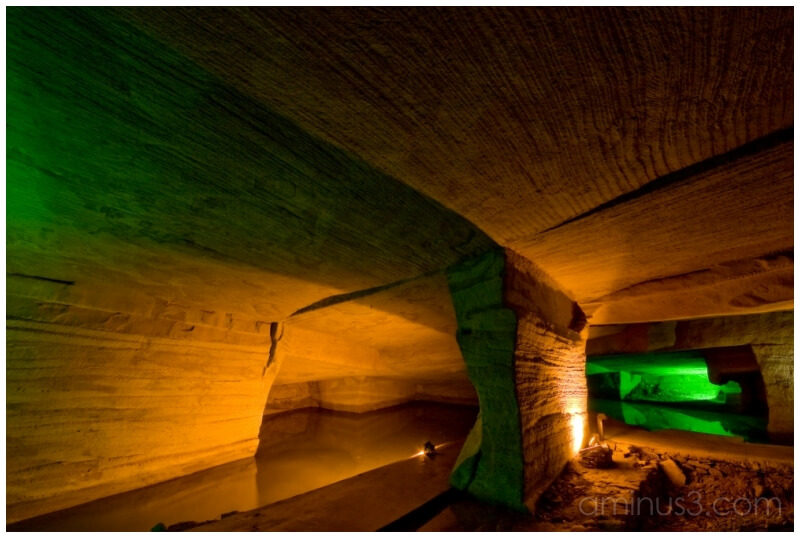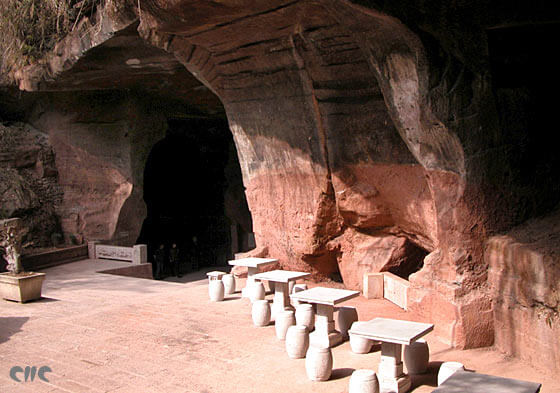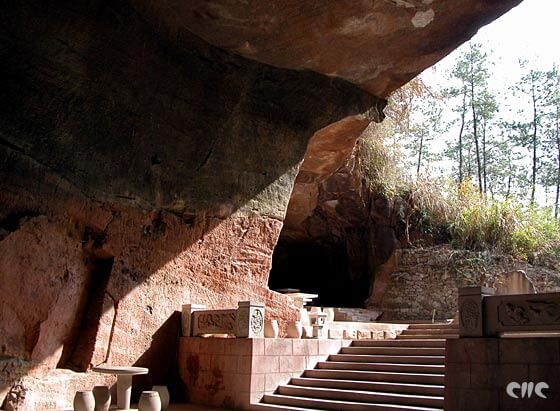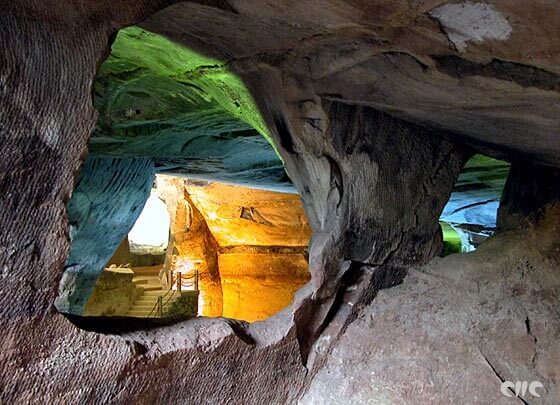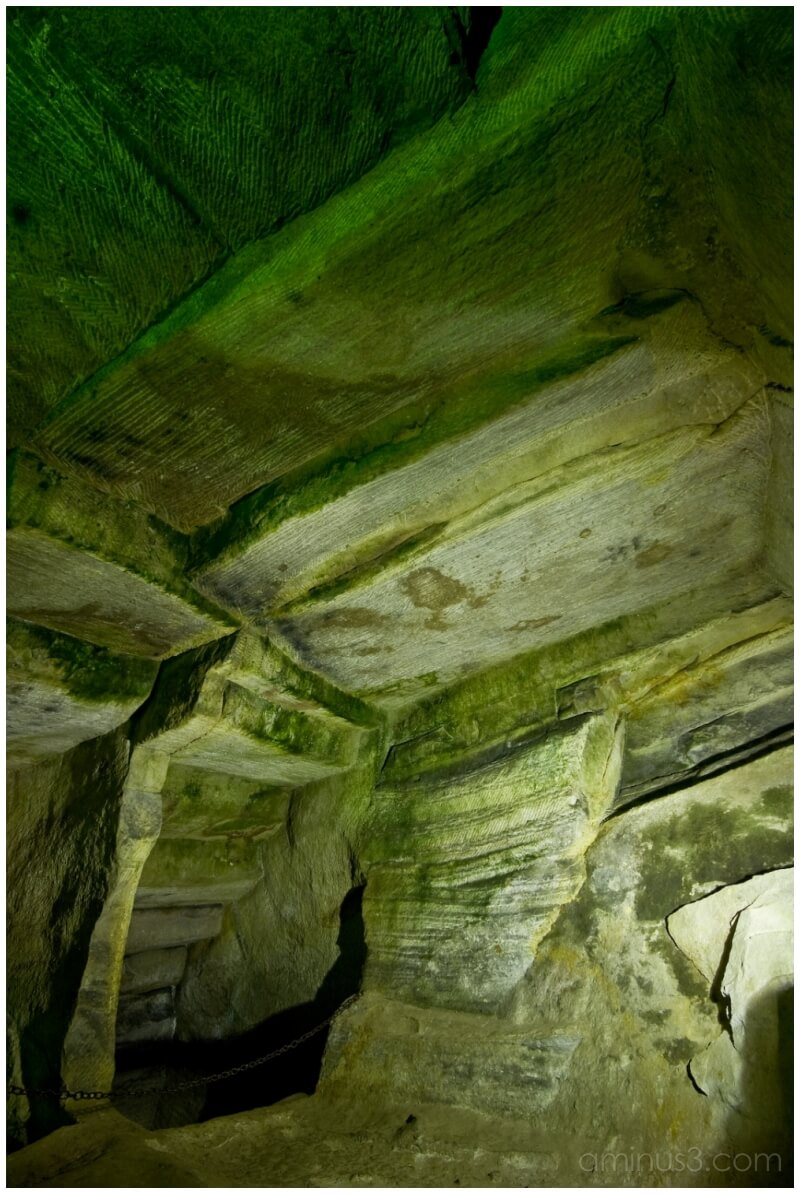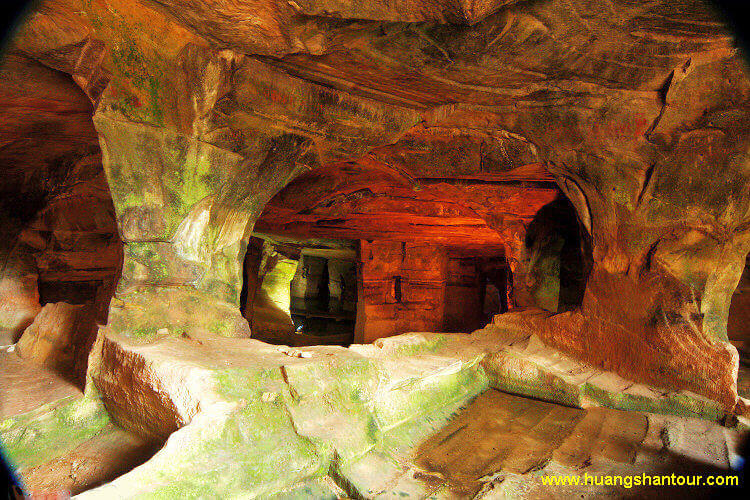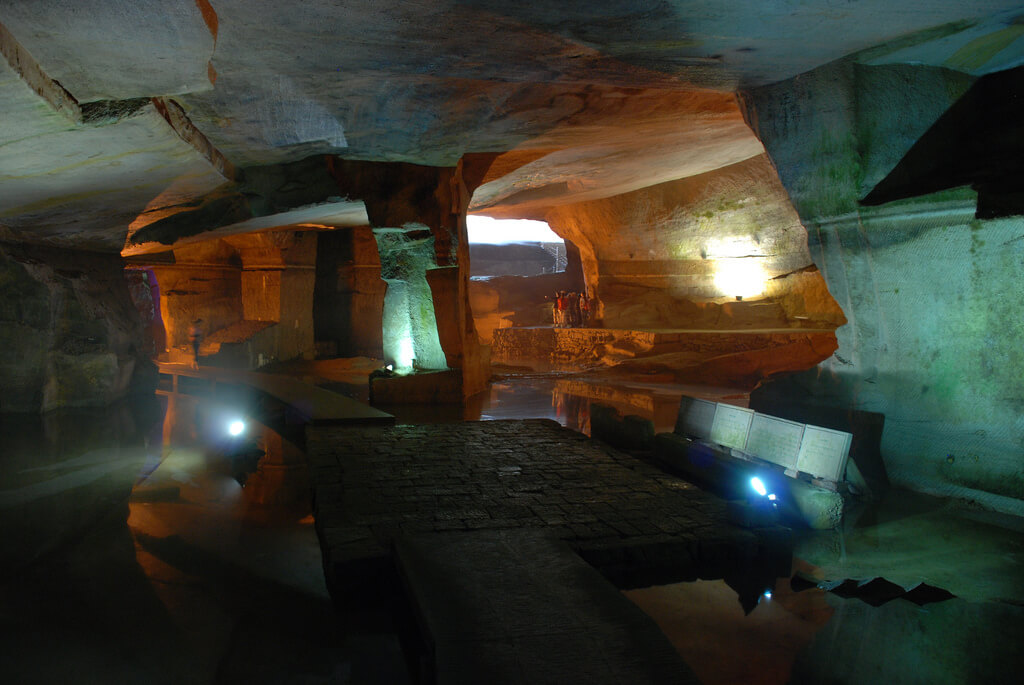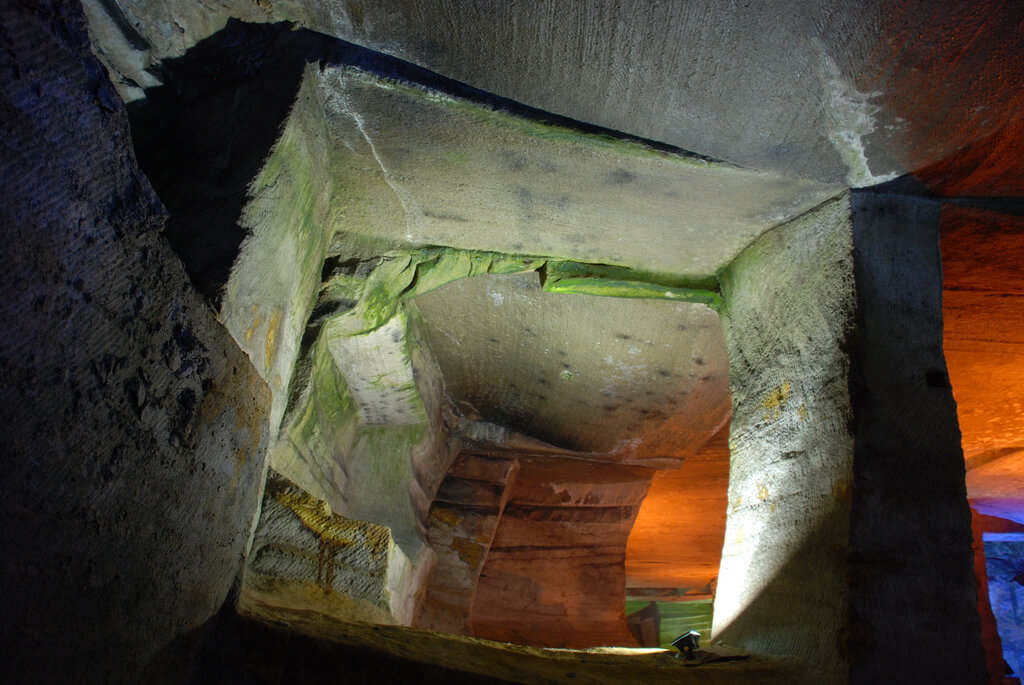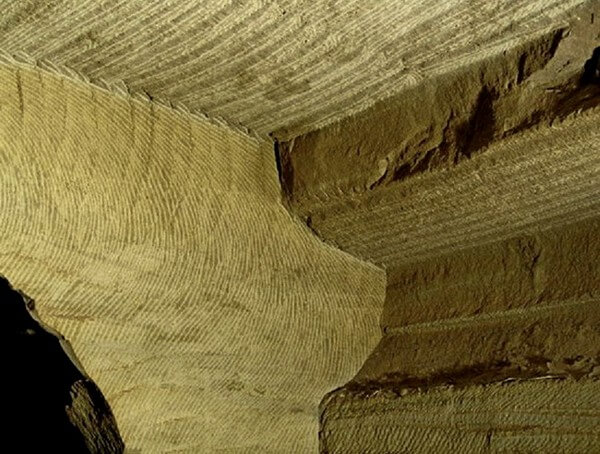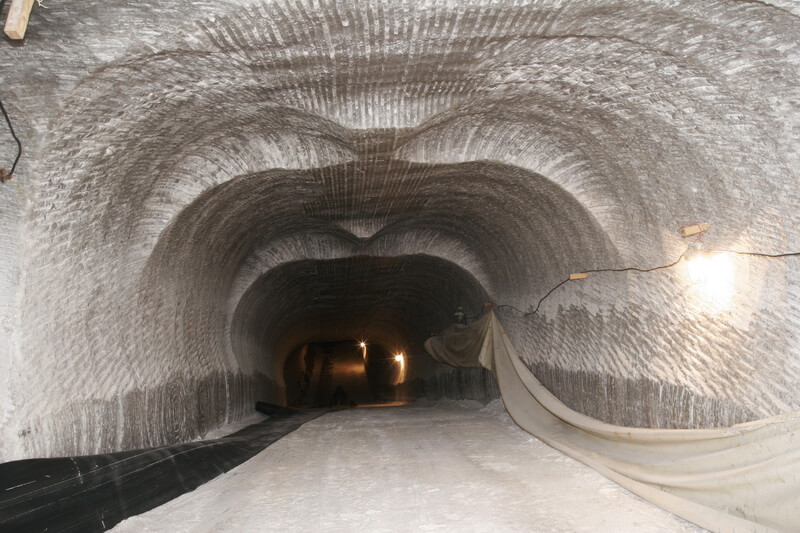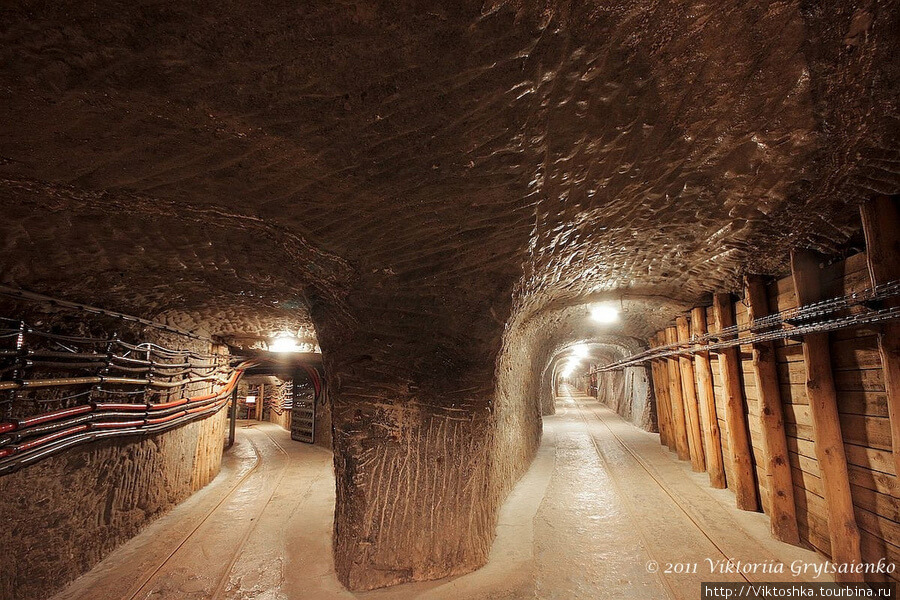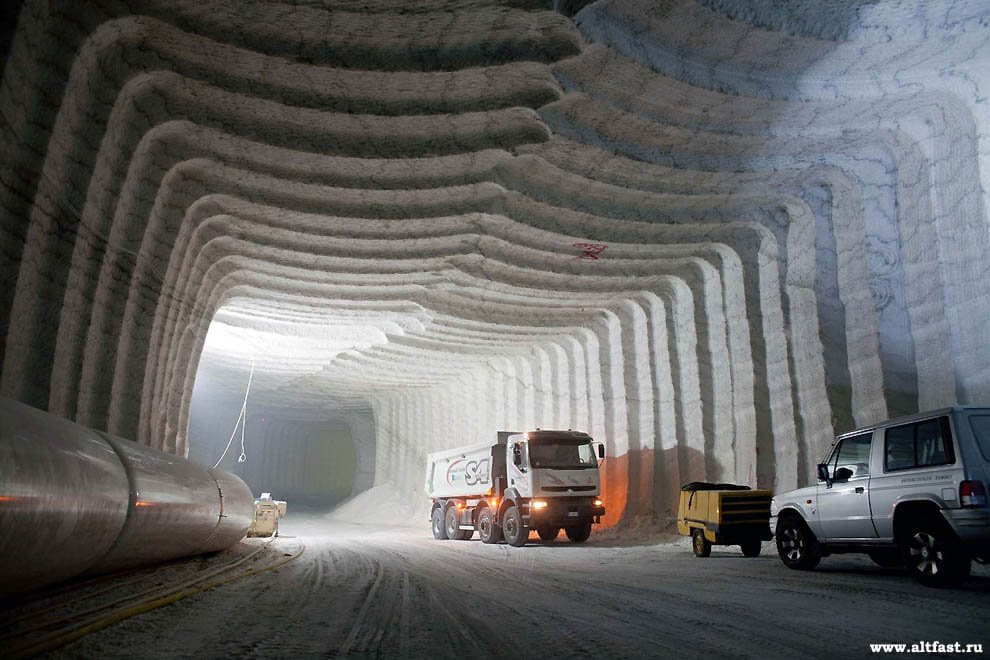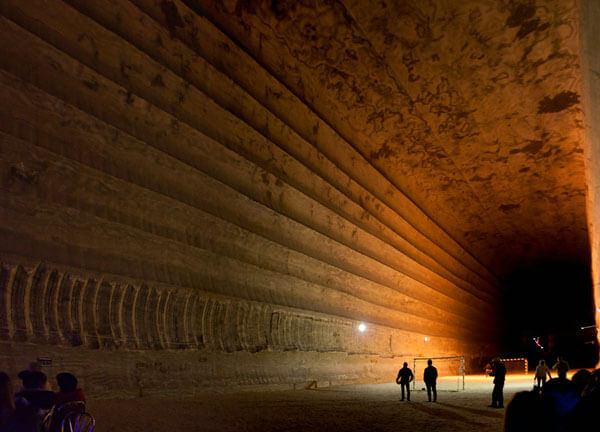
Ancient caves - created by tunneling machines
 5
5
 15. 10. 2017
15. 10. 2017

For archaeologists and historians, they are, of course, cut by hand. So in the comments I expressed the opinion:
The result is similar to the traces left by the attempt to cut the Aswan obelisk in Egypt. One gets the impression that the material was extracted layer by layer with a huge cutter.
Now I will try to compare this ancient object with what we see on the walls and ceilings in the mines during the passage of heavy mining machines TBM (tunnel boring machines).
Let's go to Longyou Cave first…
These caves were accidentally found by a local farmer who informed the authorities about them. Then a number of researchers, workers from various institutes and finally tourists came here. But what is surprising: although they are the largest man-made caves in China and not nature, there is no mention of them and they are not included in any chronicle. Who created them and why? Where did such a huge amount of stone go? And if the goal was mining, why do caves look like temples?
Traces on the Walls Taken Near…
Caves before draining the water
I will not write official nonsense about these engraved lines. I will write only bare facts about caves. I would like to remind you that there are a total of 24 caves (according to other data, 36). The first ones were discovered (pumped water) in 1992. The volume of extracted rock: a little less than a million cubic meters !!!
One of the caves called Huashan reaches 4800 square meters and its length is - 140 meters. Inside is a spacious hall, columns, swimming pools and several smaller rooms on either side of the cave corridor.
The largest cave was named "underground palace". Its dimensions are incredible - 12600 square meters! The artificial origin of the caves is confirmed by stone bridges over the river, stairs, corridors and large columns.
There is one peculiarity: the builders were able to determine the angle of inclination of the inner walls by exactly copying the angle of inclination of the outer surface of the mountain. What technologies did the ancient builders use to create such an unusual interior? How and how did they illuminate the interior?
The total area of only two of the caves (second and thirty-fifth) exceeds 17000 square meters. The volume of exported gravel and soil from both caves reaches 20 thousand. cubic meters. To drain 18 thousand. tons of water needed three pumps and more than 12 days of work. Today, these caves are open to the public. In the cave No. 35 there are 26 columns of stone and all rooms have a bizarre, multi-layered form.
Cave No. 35 has a depth of 170 meters and an area of about 12 thousand. square meters. The entrance to the cave is not large. It continues along a 20-meter-long corridor and at the end of it you suddenly find yourself in front of a large underground palace. In the middle there are 26 huge huge stone pillars, the circumference of which is ten meters. These columns differ, forming the shape of a triangle.
There is another place in the cave under No. 35, which evokes involuntary enthusiasm among visitors. It is the wall of the cave, which extends to the ground itself at an angle of 45 degrees. It is 15 meters wide and 30 meters long.
Caves are located between the following coordinates: 29 ° 39'34 and 29 ° 47'7 "
Archaeologists call it carving on the walls! The question is - why? It doesn't make sense. Trying to create just such lines when working with a chisel - this is an unnecessary complication at work. There is no official explanation for what we see here.
And now a comparison with current mines - such as salt caves. Why salt? Because it is on the walls of such shafts that traces of heavy TBM mining machines remain clearly visible. In other species, the traces do not remain so clearly visible for the fall and partial displacement of the rocks. So, let's look at it…





